New Insights into Oil and Gas Transportation Safety
The transportation of oil and gas plays a critical role in maintaining global energy supply chains. As demand for energy rises, so does the need for safer, more efficient, and reliable methods to transport these resources. Given the environmental and safety risks involved, there has been a growing focus on developing technologies and processes that enhance the safety of oil and gas transportation.
Overview of Oil and Gas Transportation Methods
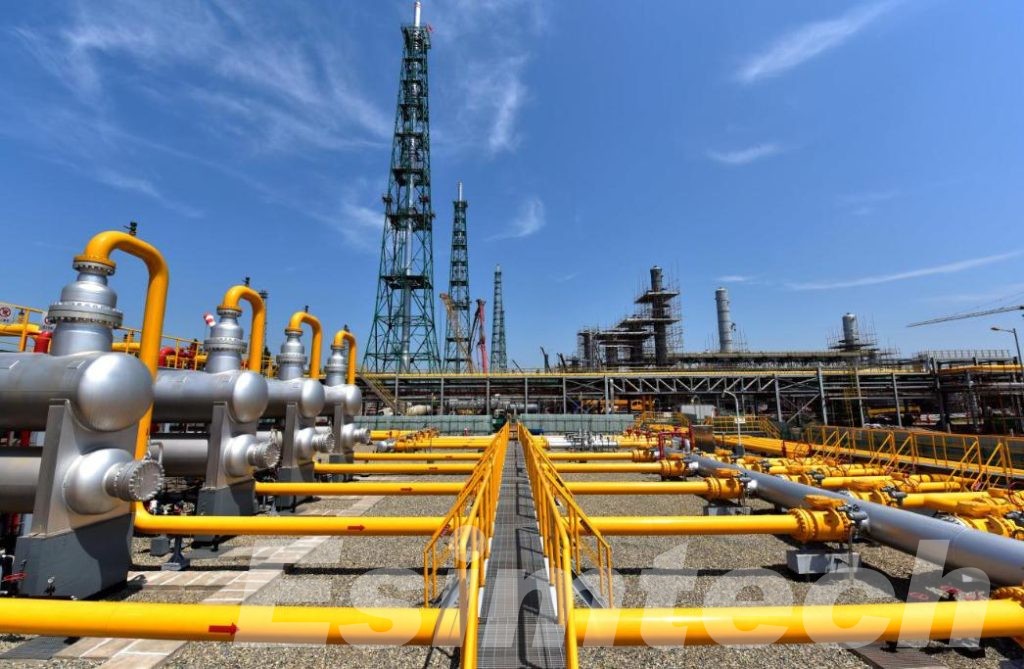
The transportation of oil and gas is a vital component of the global energy infrastructure, enabling the efficient delivery of these resources from production sites to consumers. Various methods have been developed to facilitate this process, each with its own advantages and challenges.
Oil Pipelines Transportation
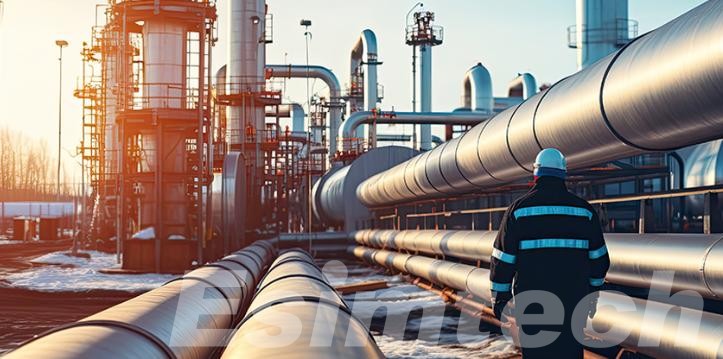
Pipelines are the backbone of oil and gas transportation, accounting for the vast majority of long-distance transport. They are typically made of steel or plastic and can stretch for thousands of miles, connecting production fields to refineries and distribution terminals.
- Advantages: Pipelines offer a cost-effective and efficient means of transporting large volumes of oil and gas. They operate continuously, reducing the need for repeated loading and unloading, which minimizes handling costs and potential accidents. Additionally, pipelines are generally regarded as safer than other transportation methods, with lower incident rates of spills when properly maintained and monitored.
- Challenges: Despite their advantages, pipelines are susceptible to corrosion, leaks, and ruptures, which can result in significant environmental damage. The placement of pipelines often raises concerns among communities and environmental advocates, particularly when they traverse sensitive ecosystems or densely populated areas. Regular maintenance and monitoring are essential to mitigate these risks.
Tanker Ships Transportation
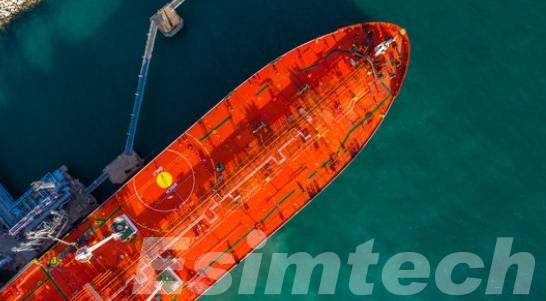
Tanker ships play a vital role in transporting oil and liquefied natural gas (LNG) across oceans and seas. These vessels are specifically engineered to carry vast quantities of liquid hydrocarbons, making them indispensable to global trade.
- Advantages: Tankers are highly efficient for moving large volumes of oil and gas, making them a cost-effective option for long-distance transport. Additionally, they offer flexibility in routing, as shipping lanes can be adjusted to avoid geopolitical conflicts or environmental dangers.
- Challenges: Despite their importance, tanker transportation poses significant risks. Accidents, such as collisions or groundings, can result in disastrous oil spills, causing severe damage to marine ecosystems. To mitigate these risks, regulations have been introduced, such as double-hulled designs and mandatory crew training. However, incidents continue to occur, fueling ongoing demands for stricter safety measures.
Trucks and Trains Transportation
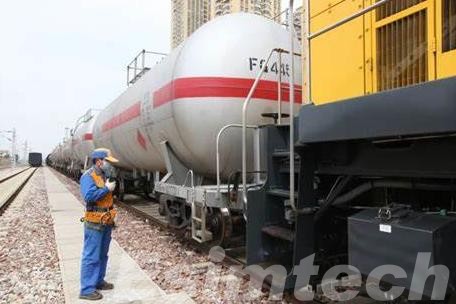
For shorter distances or in regions where pipelines are not practical, oil and gas are often transported by trucks or trains. These methods are particularly useful for delivering products to remote locations or for distributing refined products to local markets.
- Advantages: Trucking offers unparalleled flexibility, allowing for door-to-door delivery and access to areas without pipeline infrastructure. Trains can also transport large quantities efficiently and can be an economical option for bulk transport over land.
- Challenges: Both trucking and rail transport pose heightened risks compared to pipelines. The potential for accidents, such as collisions, derailments, or spills, increases with the number of vehicles involved. Human factors, including driver fatigue and operational errors, play a significant role in safety incidents. Moreover, regulatory oversight varies, and the ability to respond to emergencies is often limited compared to the infrastructure available for pipeline incidents.
Barge Transportation
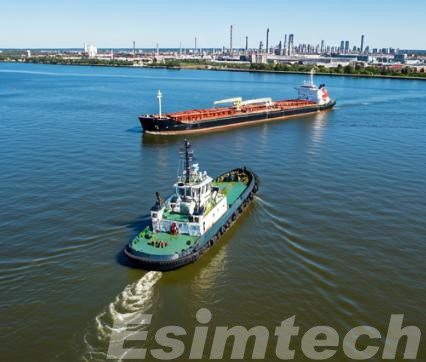
In regions with navigable waterways, barges are a highly efficient mode of transporting oil and gas. These flat-bottomed vessels can carry substantial volumes of liquid hydrocarbons, making them a common choice for moving products between refineries, distribution points, and storage facilities. Their ability to navigate rivers, canals, and coastal areas provides a versatile and reliable transportation solution for the energy sector.
- Advantages: Barges offer a cost-effective alternative to trucking, particularly for large-scale, bulk transport over long distances. They also have a lower environmental impact, producing fewer greenhouse gas emissions per ton-mile compared to trucks. Additionally, barges can reduce road congestion and wear on highways.
- Challenges: Despite their advantages, barge transport has its risks. Accidents like collisions or capsizing can occur, and operations are often sensitive to weather conditions, which can impact safety, schedules, and overall efficiency.
Key Safety Challenges in Oil and Gas Transportation
Transporting oil and gas, particularly over long distances or through sensitive environments, presents significant safety challenges. These challenges include both environmental risks and the safety of personnel and the general public.
- Environmental Hazards: Oil spills and gas leaks are among the most significant risks. Pipeline ruptures, tanker accidents, and truck crashes can result in substantial environmental damage. Oil spills can contaminate water supplies, harm wildlife, and take years to clean up. Gas leaks, particularly methane, contribute to greenhouse gas emissions and pose explosion risks.
- Corrosion and Equipment Failure: Corrosion of pipelines and tanker structures is a common problem that can lead to ruptures or leaks. Over time, pipelines can degrade, especially if they are not properly maintained. Similarly, valves, storage tanks, and other equipment are subject to wear and tear, which can cause failures.
- Geopolitical and Security Risks: Pipelines and transportation routes often pass through regions of geopolitical instability. Sabotage, terrorism, and theft of resources in transit pose additional risks. Ensuring the security of transportation infrastructure is a growing concern, particularly in volatile regions.
- Weather-Related Hazards: Tanker ships and pipelines are vulnerable to natural disasters such as hurricanes, floods, and earthquakes. Extreme weather conditions, especially at sea, can lead to accidents or exacerbate existing weaknesses in transportation infrastructure.
New Insights and Innovations Oil and Gas Transportation Safety
The oil and gas industry has witnessed significant advancements in recent years, leading to innovative solutions that enhance safety and mitigate risks associated with transportation. These advancements encompass a wide range of technologies and approaches, from advanced monitoring systems to improved spill response techniques.
Advanced Pipeline Monitoring Systems
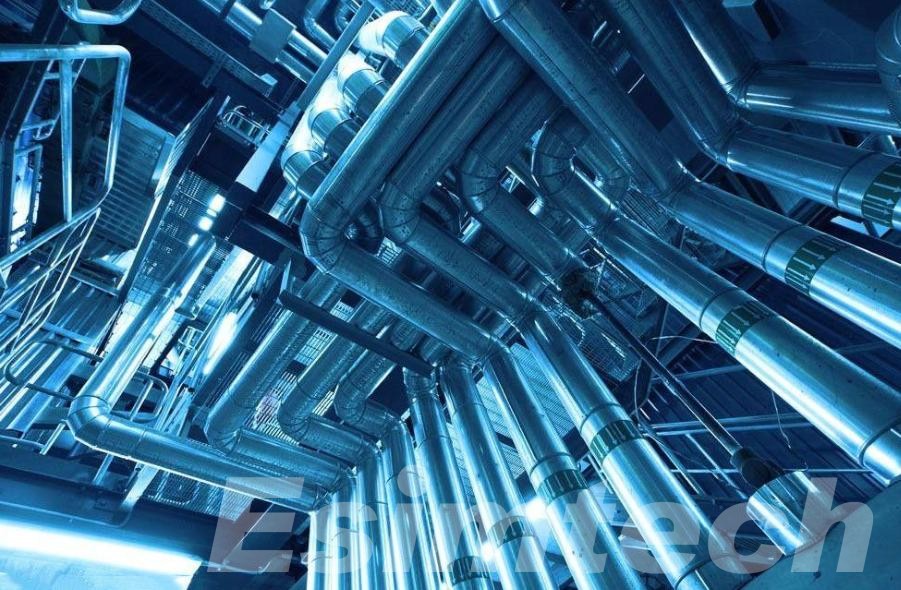
One of the most critical areas of focus has been the development of advanced pipeline monitoring systems. These systems utilize a combination of sensors, data analytics, and artificial intelligence to continuously monitor pipelines for signs of damage, corrosion, or leaks. By detecting potential problems early on, operators can take proactive measures to prevent failures and minimize the environmental impact.
- Inline inspection pigs: These devices are inserted into pipelines and use advanced sensors to detect defects such as corrosion, dents, and cracks.
- Distributed acoustic sensing (DAS): DAS systems use fiber optic cables to monitor vibrations along the pipeline, enabling the detection of leaks, third-party interference, and other anomalies.
- Remotely operated vehicles (ROVs): ROVs can be deployed to inspect pipelines underwater, providing detailed information about their condition and identifying potential hazards.
Drones and Remote Sensing
Drones have become an essential tool for inspecting oil and gas infrastructure, providing benefits like increased efficiency, reduced risk, and enhanced data collection. Equipped with high-resolution cameras and advanced sensors, drones allow operators to:
- Inspect pipelines and facilities: Drones can quickly survey pipelines and other infrastructure to detect potential issues such as corrosion, leaks, or encroachments.
- Monitor spill response: In the event of a spill, drones can evaluate the scope, track contaminant spread, and help monitor ongoing cleanup efforts.
- Conduct environmental surveys: Drones are capable of gathering valuable data on vegetation, wildlife, and water quality, enabling operators to better assess the environmental impact of their operations.
This technology streamlines inspections, allowing for more frequent monitoring while minimizing safety risks for personnel.
Improved Spill Response Technologies
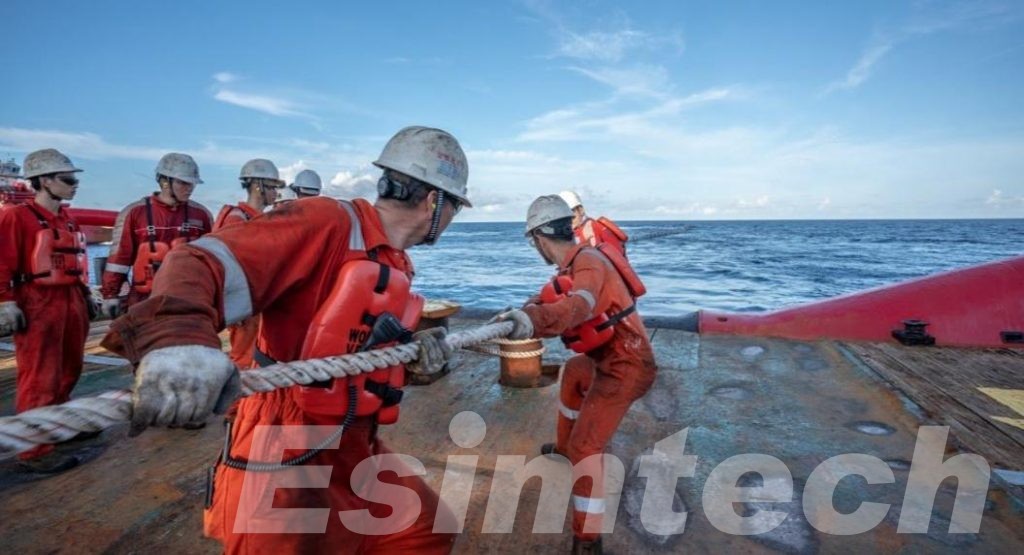
The development of improved spill response technologies has been crucial in mitigating the environmental and economic consequences of oil and gas spills. These technologies include:
- Advanced containment booms: These booms are designed to be more effective at containing oil spills in various water conditions, including rough seas and strong currents.
- Oil-absorbing materials: New materials have been developed that are more absorbent and effective at removing oil from water surfaces and contaminated areas.
- Bioremediation techniques: These techniques use naturally occurring microorganisms to degrade oil and other pollutants, reducing the environmental impact of spills.
Enhanced Training and Education
Investing in the education and training of oil and gas workers is crucial for fostering a robust safety culture and reducing the likelihood of accidents. Comprehensive training programs can address key areas, including:
- Risk Assessment and Management: Workers are trained to recognize potential hazards, evaluate risks, and develop strategies to mitigate them, ensuring proper safety protocols are in place.
- Emergency Response: Instruction in emergency procedures equips workers to respond swiftly and effectively to accidents or incidents, minimizing harm and operational disruptions.
- Human Factors: Training in human factors, such as fatigue, stress, and decision-making, helps workers identify and manage conditions that may lead to safety risks, enhancing overall safety and performance on the job.
Expanding knowledge in these areas promotes a safer work environment and contributes to accident prevention.
Human Factors in Oil and Gas Transportation Safety
While technological advancements are essential, human factors remain a critical element of oil and gas transportation safety. Human error is a leading cause of accidents, and addressing these risks involves both improving training and fostering a strong safety culture.
- Training and Education: Continuous training and certification are vital for employees involved in oil and gas transportation. Drivers, pipeline operators, and other personnel must be well-versed in safety protocols, risk management, and emergency response. Virtual reality (VR) and simulation-based training are being used increasingly to provide immersive, hands-on experience in managing potential incidents.
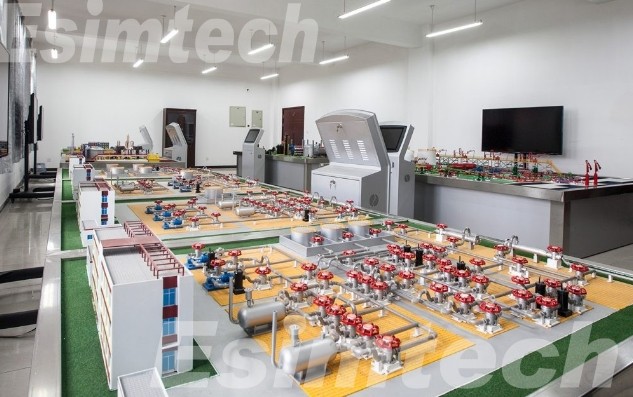
- Fatigue Management: Fatigue is a significant safety issue, particularly for truck drivers and pipeline operators who work long shifts in challenging environments. Implementing proper shift schedules, monitoring fatigue levels, and promoting rest can significantly reduce the risk of human error.
- Safety Culture: A company’s safety culture plays a crucial role in preventing accidents. A proactive safety culture involves clear communication of safety expectations, regular safety audits, and a system that encourages reporting of potential hazards without fear of retaliation.
- Emergency Preparedness: Human preparedness for emergencies, including oil spills, explosions, or pipeline leaks, is essential. Regular drills, proper training in the use of personal protective equipment (PPE), and understanding emergency protocols ensure that human response can mitigate the severity of accidents.
Transporting oil and gas is essential to global energy supply but carries significant safety risks. The industry is working to mitigate these risks by embracing innovative technologies, including smart pipelines, advanced leak detection systems, and blockchain for enhanced security. Despite these advancements, human factors are equally crucial—ensuring proper training, managing fatigue, and cultivating a strong safety culture are vital to maintaining safe operations. By combining technological innovation with a focus on human resource management, the future of oil and gas transportation is set to become safer and more efficient.

